Premium Only Content
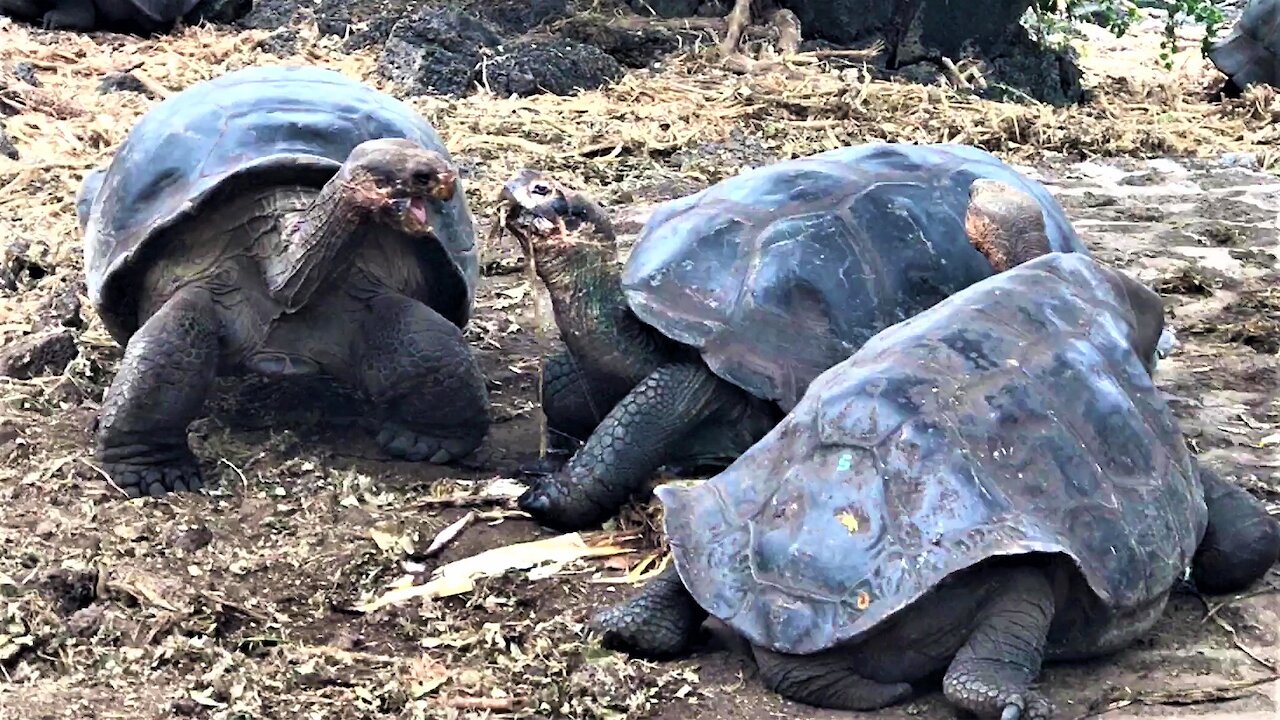
These giant tortoises engage in the world's slowest battle over tasty snacks
Giant Galapagos tortoises are among the world's most iconic animals. Giant tortoises are instantly recognizable and simply awe inspiring. Weighing up to 500lbs, reaching a size that would allow them to fill the passenger compartment of a small car, and attaining ages that can exceed 200 years, we can't help but find these wonderful creatures completely fascinating. It was the study of these tortoises and other creatures such as Galapagos finches that led to theories of evolution, including the most notable findings of all; Darwin's famous theory of evolution.
Scientists discovered that these tortoises have unique shell shapes and longer necks when compared with their ancestors from Africa. This allowed them to reach vegetation that grew higher up on the trees and shrubs. This evolution was crucial to their survival because water and food are scarce during the dry season in some areas of the Galapagos Islands. The tortoises that survived had adapted to the shortage of food on the ground. In fact, tortoises from neighboring islands have even developed differently over the last generations as a result of widely varying climates even between islands.
These giant tortoises are different species that live together at the Darwin Research Station on Santa Cruz Island. The tortoises are studied and cared for as part of an ongoing learning initiative that also provides the benefits of captive breeding. Conservation and head starting the young are important for the survival of the species that were once on the brink of extinction. The tortoises here have ample space and access to food. Living with other tortoises also provides crucial social interaction. But occasional competition for food and dominance is sometimes seen, even here.
These tortoises have been given some food and they seem to all want to be the first to get their share. Their most vulnerable spot is on their neck near the base of their skull. Although a bite from another tortoise will not cause serious injury, it will be painful. As each tortoise reaches out its long neck to bite the food, another of the three slowly extends his neck and opens his jaws threateningly. What makes all of this so comical is the ridiculously slow speed with which they attack. Their movements are slow motion and the others can see the bite coming long before they will feel it. You can't help but laugh at the fact that this might be the world's slowest three way fight. Their retreat is equally slow, with the tortoises sidestepping their attacker and moving away at a leisurely pace.
Tortoises in the wild will often go without food or water for many months. They can manage to survive as long as a year without eating or drinking. And they can retract their heads inside their armored shell completely. It is this ability that also allows them to defend against an attack. Unable to outrun any predator, they drop flat on the ground and tuck in their leathery legs, pulling their heads back for protection. An attacker would starve, die of thirst, or become completely bored, long before the tortoise would need to emerge from its shell. The defense tactic is to out-wait your opponent and the tortoise can easily do this for months.
The heavy and bony plates, and tough skin provide complete protection from even the sharpest of teeth. Although heavily predated as hatchlings, once a tortoise reaches the size of a dinner plate, very few animals are a threat. This, and longevity are the only reason that tortoises survive as a species.
Tortoises are completely endearing and wonderful to witness in the wild or other suitable habitats. A trip to the Galapagos Islands is not complete without an up close look at one of these incredible beasts.
-
 1:55
1:55
WildCreatures
13 days ago $0.93 earnedDolphins and Whale Shark at the same Time Make an Unforgettable Scuba Encounter
3K1 -
 0:44
0:44
rumblestaff
4 years agoCaretakers convince their wolves to engage in howling match
1.03K -
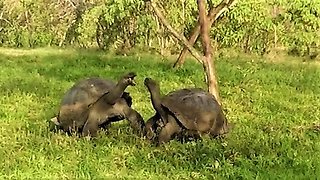 0:47
0:47
WildCreatures
6 years ago $1.43 earnedGiant tortoises engage in epic battle and "high speed" pursuit
1.86K -
 0:20
0:20
trcabroad
5 years ago $5.19 earnedGiant Huntsman Spider Walks Across Woman's Face
27K6 -
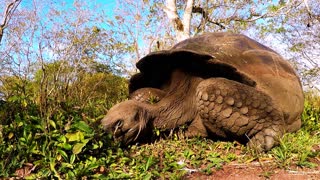 1:36
1:36
WildCreatures
5 years ago $0.53 earnedGalapagos tortoises make world headlines after unbelievable discovery
1.92K2 -
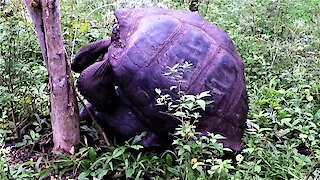 1:54
1:54
WildCreatures
4 years ago $3.06 earnedGiant Tortoises knock over tree with their enthusiasm
2.07K4 -
 3:16
3:16
cdngreenwaterdiver
6 years ago $389.67 earnedGiant Pacific Octopus Sucks Up Scuba Diver
541K17 -
 0:17
0:17
MadyBoyerr
5 years ago $18.27 earnedThese angry geese repeatedly attack anyone walking by!
6.64K3 -
 1:13
1:13
WildCreatures
5 years ago $8.74 earnedGiant Crocodiles Show Their Powerful Jaws In Feeding Demonstration
5.41K3 -
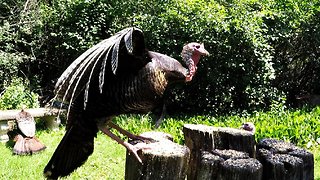 0:55
0:55
WildCreatures
5 years ago $12.05 earnedThese two young girls have unusual wild birds at their feeder!
99.2K1